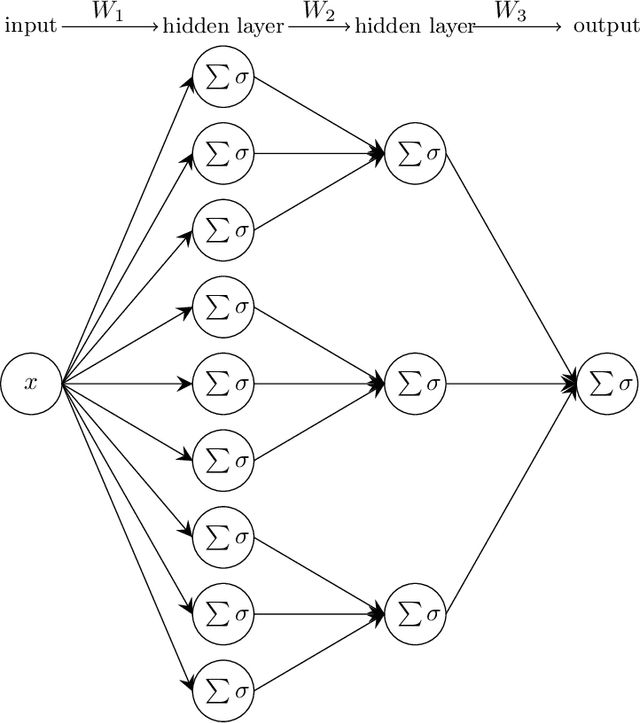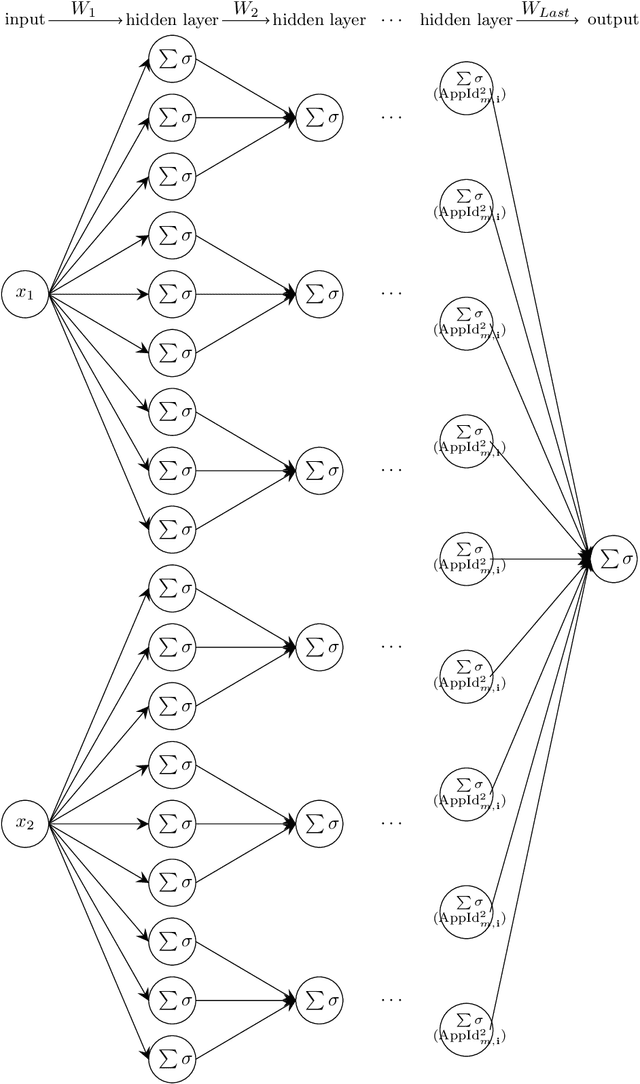Jae-Mo Kang
GLYPH-SR: Can We Achieve Both High-Quality Image Super-Resolution and High-Fidelity Text Recovery via VLM-guided Latent Diffusion Model?
Oct 30, 2025Abstract:Image super-resolution(SR) is fundamental to many vision system-from surveillance and autonomy to document analysis and retail analytics-because recovering high-frequency details, especially scene-text, enables reliable downstream perception. Scene-text, i.e., text embedded in natural images such as signs, product labels, and storefronts, often carries the most actionable information; when characters are blurred or hallucinated, optical character recognition(OCR) and subsequent decisions fail even if the rest of the image appears sharp. Yet previous SR research has often been tuned to distortion (PSNR/SSIM) or learned perceptual metrics (LIPIS, MANIQA, CLIP-IQA, MUSIQ) that are largely insensitive to character-level errors. Furthermore, studies that do address text SR often focus on simplified benchmarks with isolated characters, overlooking the challenges of text within complex natural scenes. As a result, scene-text is effectively treated as generic texture. For SR to be effective in practical deployments, it is therefore essential to explicitly optimize for both text legibility and perceptual quality. We present GLYPH-SR, a vision-language-guided diffusion framework that aims to achieve both objectives jointly. GLYPH-SR utilizes a Text-SR Fusion ControlNet(TS-ControlNet) guided by OCR data, and a ping-pong scheduler that alternates between text- and scene-centric guidance. To enable targeted text restoration, we train these components on a synthetic corpus while keeping the main SR branch frozen. Across SVT, SCUT-CTW1500, and CUTE80 at x4, and x8, GLYPH-SR improves OCR F1 by up to +15.18 percentage points over diffusion/GAN baseline (SVT x8, OpenOCR) while maintaining competitive MANIQA, CLIP-IQA, and MUSIQ. GLYPH-SR is designed to satisfy both objectives simultaneously-high readability and high visual realism-delivering SR that looks right and reds right.
SoccerNet 2024 Challenges Results
Sep 16, 2024



Abstract:The SoccerNet 2024 challenges represent the fourth annual video understanding challenges organized by the SoccerNet team. These challenges aim to advance research across multiple themes in football, including broadcast video understanding, field understanding, and player understanding. This year, the challenges encompass four vision-based tasks. (1) Ball Action Spotting, focusing on precisely localizing when and which soccer actions related to the ball occur, (2) Dense Video Captioning, focusing on describing the broadcast with natural language and anchored timestamps, (3) Multi-View Foul Recognition, a novel task focusing on analyzing multiple viewpoints of a potential foul incident to classify whether a foul occurred and assess its severity, (4) Game State Reconstruction, another novel task focusing on reconstructing the game state from broadcast videos onto a 2D top-view map of the field. Detailed information about the tasks, challenges, and leaderboards can be found at https://www.soccer-net.org, with baselines and development kits available at https://github.com/SoccerNet.
Error estimate for a universal function approximator of ReLU network with a local connection
Sep 03, 2020


Abstract:Neural networks have shown high successful performance in a wide range of tasks, but further studies are needed to improve its performance. We analyze the approximation error of the specific neural network architecture with a local connection and higher application than one with the full connection because the local-connected network can be used to explain diverse neural networks such as CNNs. Our error estimate depends on two parameters: one controlling the depth of the hidden layer, and the other, the width of the hidden layers.
 Add to Chrome
Add to Chrome Add to Firefox
Add to Firefox Add to Edge
Add to Edge